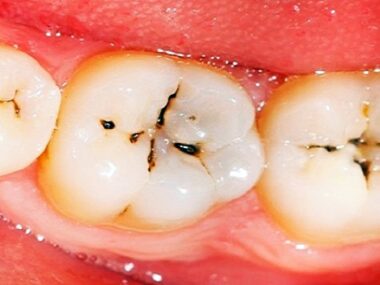Arthritis is a term used to describe a group of more than 100 inflammatory joint disorders that result in pain, swelling, stiffness, and decreased joint mobility.
The most common types of arthritis include osteoarthritis and rheumatoid arthritis, but there are many other forms, each with its unique characteristics.
Osteoarthritis (OA)
- Description: Osteoarthritis is the most prevalent form of arthritis, characterized by the breakdown of cartilage in the joints. It commonly affects weight-bearing joints such as the knees, hips, and spine.
- Causes: Aging, joint injury, obesity, and genetic factors are among the contributing factors.
- Symptoms: Joint pain, stiffness, and decreased range of motion. Symptoms often worsen over time.
Rheumatoid Arthritis (RA)
- Description: Rheumatoid arthritis is an autoimmune disorder that primarily affects the synovium, the lining of the membranes that surround the joints.
- Causes: The exact cause is unknown, but it involves a malfunction of the immune system attacking healthy joint tissues.
- Symptoms: Joint pain, swelling, warmth, and deformity. Rheumatoid arthritis often affects joints on both sides of the body.
Other Types of Arthritis
- Psoriatic Arthritis: Associated with psoriasis, causing joint inflammation.
- Ankylosing Spondylitis: Affects the spine and pelvic joints, causing stiffness and pain.
- Gout: Results from the deposition of uric acid crystals in the joints, causing intense pain and swelling.
Diagnosis

- A thorough medical history, physical examination, blood tests, and imaging studies (X-rays, MRIs) are often used to diagnose arthritis.
- Early diagnosis is crucial for effective management and to prevent joint damage.
Treatment
- Medications: Nonsteroidal anti-inflammatory drugs (NSAIDs), disease-modifying antirheumatic drugs (DMARDs), and biologics are commonly used.
- Physical Therapy: Exercise and physical therapy help maintain joint flexibility and strengthen supporting muscles.
- Lifestyle Changes: Weight management, joint protection techniques, and adaptive devices can improve daily functioning.
Surgery
- In severe cases, joint replacement surgery may be considered, especially for osteoarthritis affecting large joints like the knee or hip.
Impact on Daily Life
- Arthritis can significantly impact an individual’s quality of life, limiting mobility and causing chronic pain.
- Emotional well-being is also affected, and arthritis management often involves a holistic approach.
Research and Advancements
- Ongoing research aims to develop better treatment options and understand the underlying causes of arthritis.
- Advances in precision medicine may lead to more targeted and personalized treatments.
If you suspect you have arthritis or are experiencing joint pain, it’s essential to consult with a healthcare professional for an accurate diagnosis and appropriate management plan.
Early intervention can make a significant difference in controlling symptoms and preventing joint damage.
Related Tags
Taiwo Olawuyi
Taiwo Olawuyi is a highly dedicated and passionate professional blogger, renowned for her ability to create captivating, informative, and engaging content in the realm of health and wellness. She holds a Bachelor's degree in Political Science from Olabisi Onabanjo University and a Master's degree in Adult Education from the prestigious University of Ibadan. Her profound passion for health and wellness, coupled with her unwavering dedication to her audience, serves as a constant source of inspiration and enlightenment for readers worldwide.











5 comments
I just like the helpful information you provide in your articles
I have read some excellent stuff here Definitely value bookmarking for revisiting I wonder how much effort you put to make the sort of excellent informative website
Usually I do not read article on blogs however I would like to say that this writeup very compelled me to take a look at and do it Your writing style has been amazed me Thank you very nice article
Hello my loved one I want to say that this post is amazing great written and include almost all significant infos I would like to look extra posts like this
What i do not realize is in fact how you are no longer actually much more wellfavored than you might be right now Youre very intelligent You recognize thus considerably in relation to this topic made me in my view believe it from numerous numerous angles Its like men and women are not fascinated until it is one thing to do with Lady gaga Your own stuffs excellent All the time handle it up